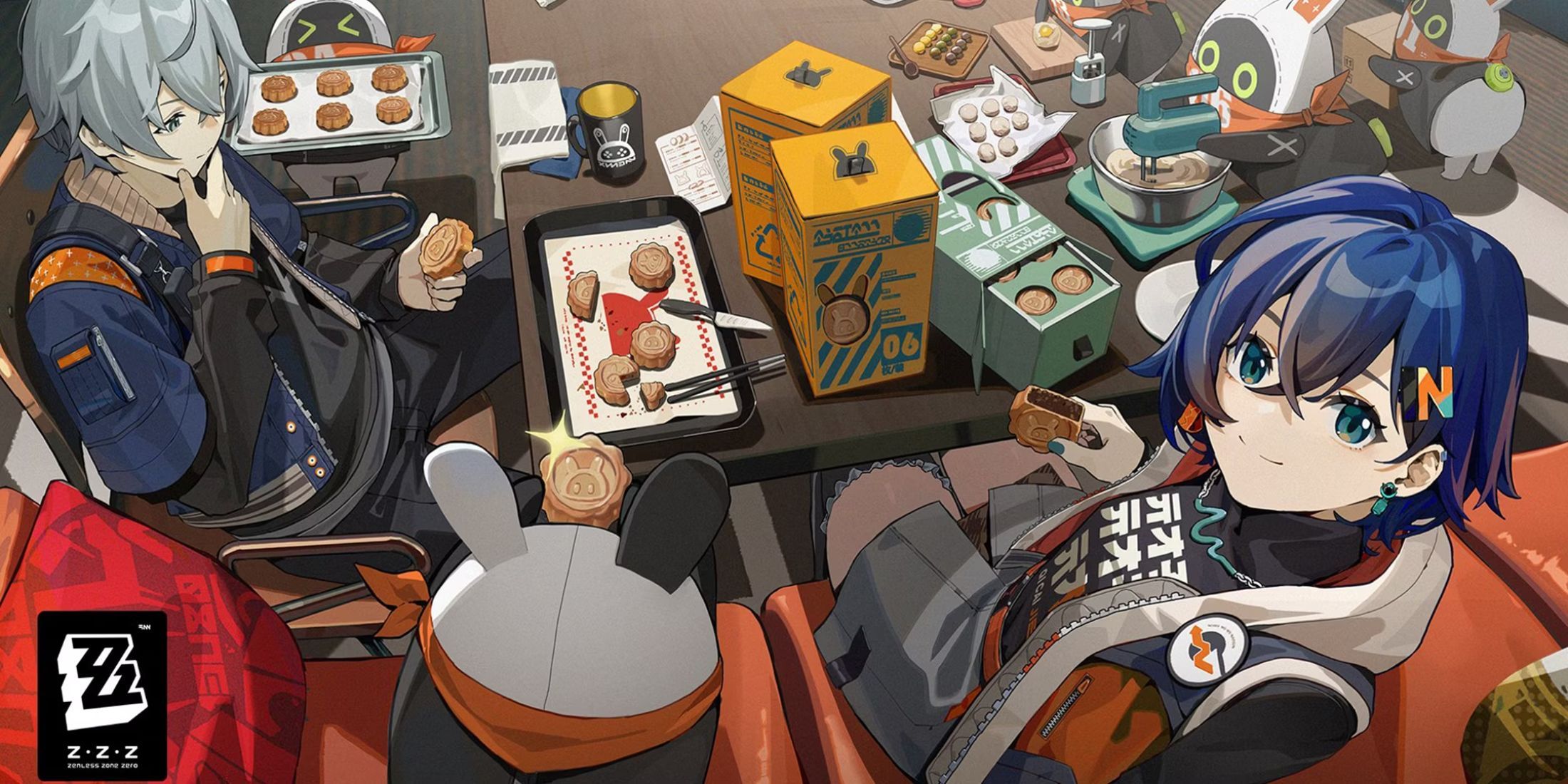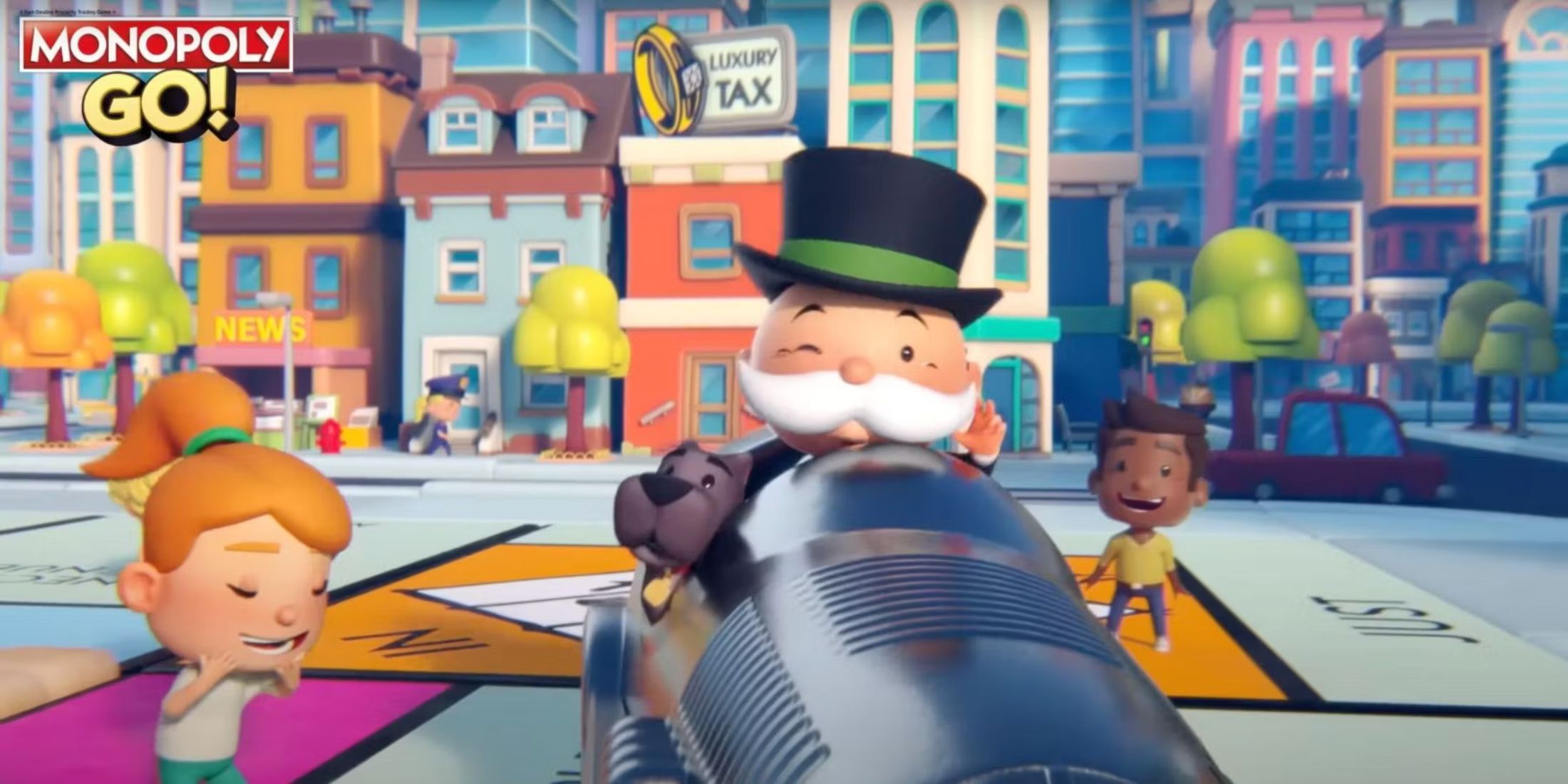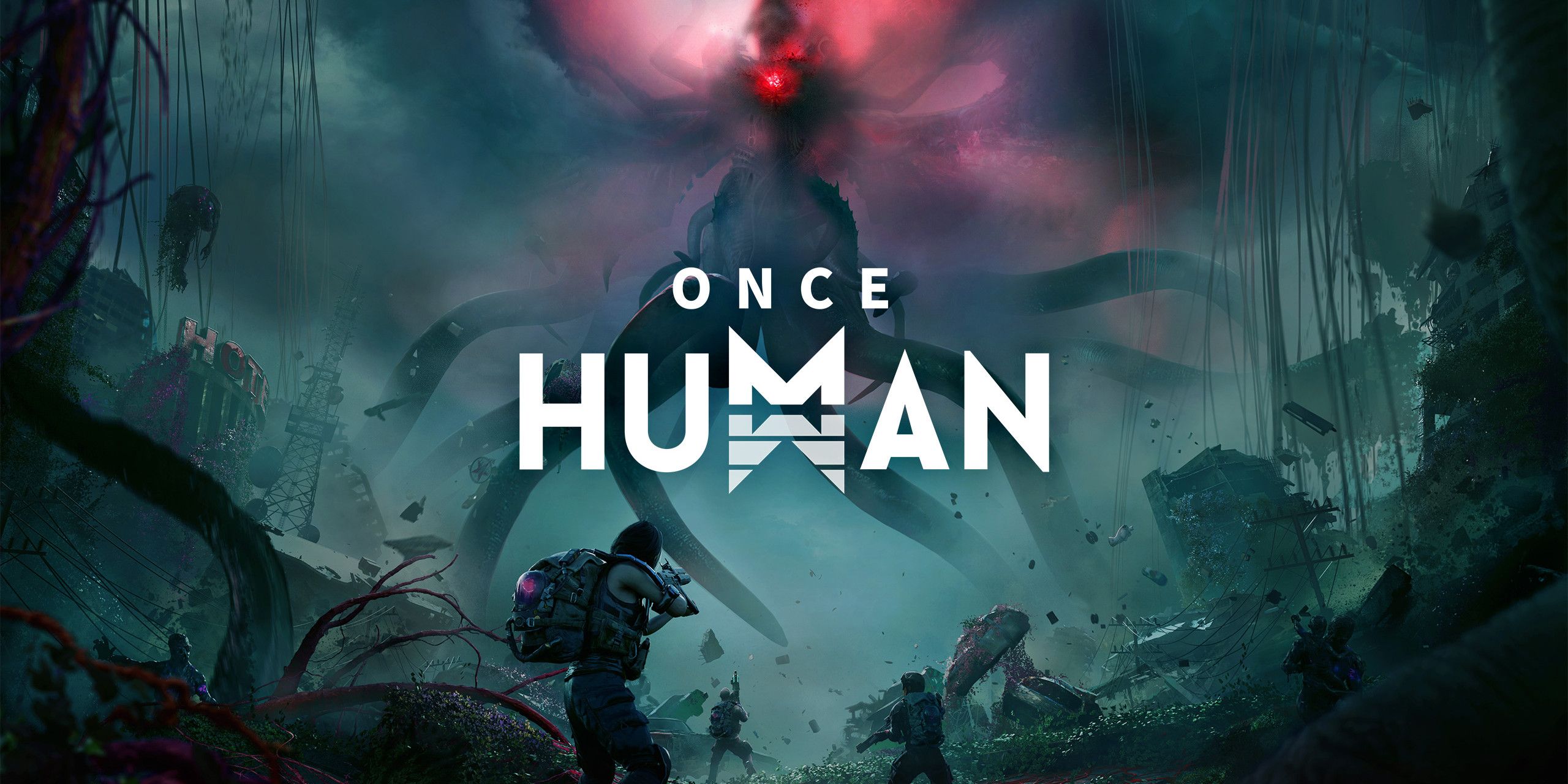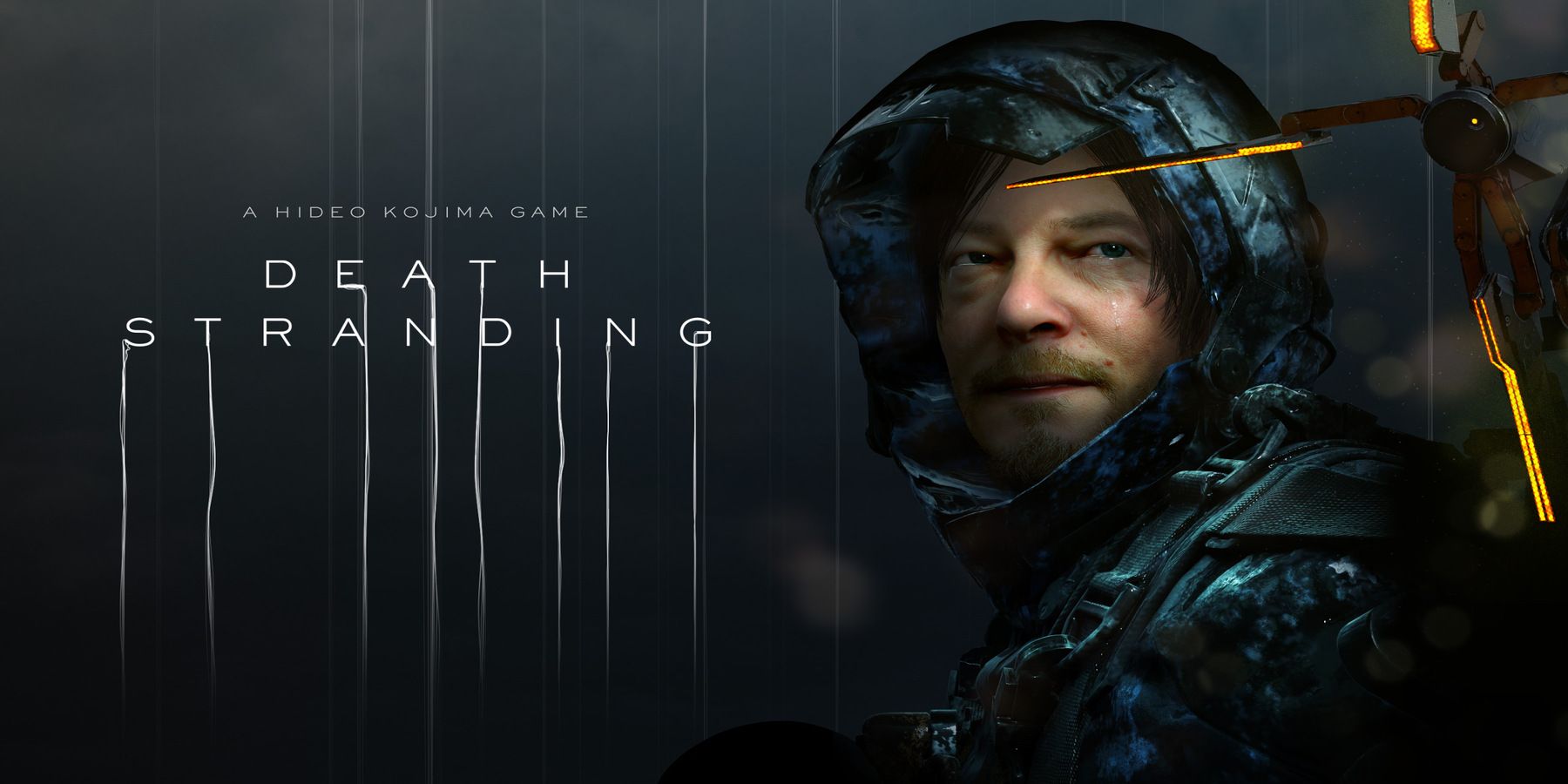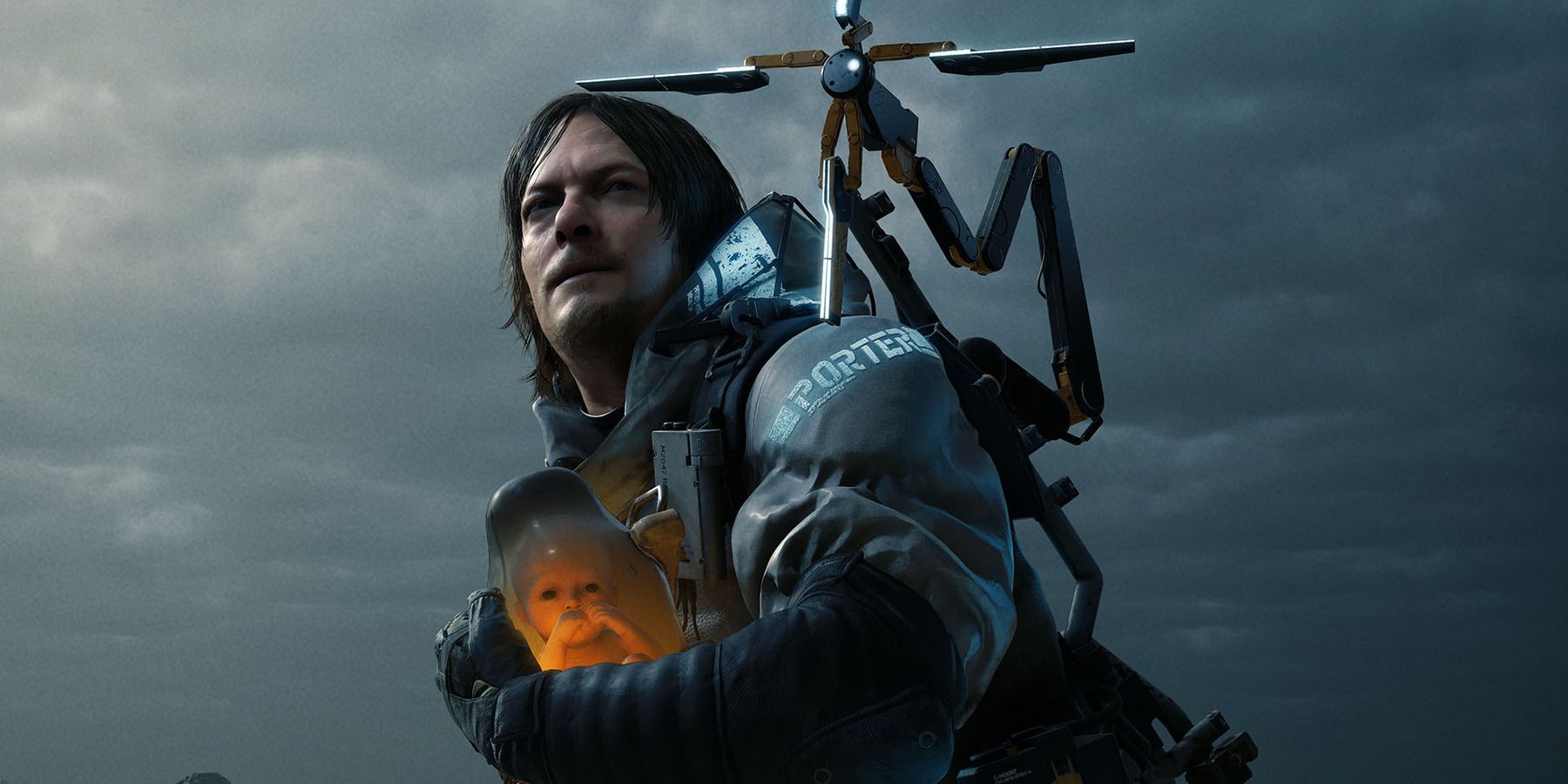Highlights
- Careful planning is essential in Death Stranding, as gamers need to consider terrain and enemies before venturing out. They should also set up efficient transportation networks like ziplines whenever they find themsleves on a lengthy journey.
- Players should be prepared for anything by carrying essential items such as ladders, climbing anchors, and boots.
- Paying it forward by helping others and contributing to building roads is crucial for a rewarding experience. Porters should always leave a like on any useful structures that they come across on their journies, too.
Death Stranding has and always will be a divisive title due to the way it approaches gameplay. While strong performances and Kojima’s trademark storytelling style mean that the narrative has been widely praised, gamers either love or hate the title due to how it plays. Some claim it is nothing more than a tedious walking simulator full of fetch quests, while others argue that it is a wonderfully immersive experience and a refreshing change of pace. Regardless of which side players fall on, it is hard to deny that there are a lot of ways to make deliveries go smoothly in Death Stranding.
Death Stranding is industry veteran Hideo Kojima’s first attempt at a Strand game, a type of singleplayer experience where players can still influence the worlds of others. The online elements range from players recovering lost items for one another, leaving behind vehicles that other players can use, and leaving likes on structures crafted by Porters from around the world. When hopping into Death Stranding, there are a few rules that players should keep in mind about the the core gameplay and the Strand system of Hideo Kojima’s most unique project.
Death Stranding Players Should Always Plan Carefully and Pay It Forward
The biggest thing that Death Stranding players need to keep in mind is careful planning. As soon as Sam takes on a delivery, gamers should look at the map and chart a course for their destination. Keeping terrain like mountains in mind is important, as traversing it without the proper exosuit can be a nightmare. Similarly, players should make note of the zones that have Death Stranding’s haunting BT enemies each time they first explore an area. This way, when they have to go back, they will know to either tread carefully or find a path around the Beached Things. Speaking of heading back, planning for two-way trips through zipline networks can be a big help. As soon as players get ziplines, setting up several on long trips can be a game changer.
After plotting out a path, Death Stranding players have to make sure that they are prepared for anything that they could encounter on their journey. While Kojima Productions allows players to approach most deliveries however they wish, as gamers do not have their hands held much at all outside of main story content, keeping risks to a minimum is a wise idea. One unwritten rule is to bring at least one of everything so long as the delivery size does not prevent it. Ladders, climbing anchors, a replacement pair of boots - these are just some things that gamers should never leave without.
While Death Stranding players can often avoid combat, it can be worth engaging with from time to time - especially with BTs. This is because BTs drop Chiral Crystals, which can be used to craft some important items in Death Stranding. When players want to fight a BT, they should wait until they are not carrying any important packages and should bring plenty of Sam’s blood and bodily waste to use in the combat encounter. They can then get caught on purpose, letting a large BT enemy spawn in. Fighting Death Stranding's MULEs head-on is less beneficial, as sneaking through their bases and countering scans with ping is often the better strategy. However, if players do get in a fight with them, using containers of resources as weapons can lead to quick knockouts. Since these materials are often turned in quickly, it will not matter if the container takes a hit.
Ultimately, though, what makes Death Stranding special is the Strand mechanics, and it is here where unwritten rules should be kept in mind. There are some basic things to note, like always spamming the like button when an item is useful and avoiding poor placement of structures so that existing player builds are not ruined. However, the best thing that players can possibly do is pay it forward.
While there are main ways to do this, like making useful bridges or Timefall shelters in places where Porters could benefit from them, Death Stranding’s roads are the most useful structure in the game. Players are able to build roads from one end of the map to the other, allowing for quick deliveries where MULEs and BTs almost never interfere. However, players can only build the roads piece by piece, and every chunk requires a massive amount of metal, ceramics, and Chiral Crystals. This means that players need to work together to build and maintain a lasting road network, so whenever players are not on deliveries, they should be helping to pave roads.
Looking out for and fulfilling requests players have made for certain structures is another good way to pay it forward, as is returning lost items. Lastly, players should remember to take care of Sam’s Bridge Baby Lou as often as they assist other players. While calming Lou is a mechanic the game makes clear, running through BB signs, bathing in hot springs, and whistling for the infant can and should be done regularly as well. If players take care of Sam’s most important ally, and help other players whenever they get the chance, Death Stranding will quickly start to feel more rewarding.
Death Stranding is available now on PC, PS4, and PS5.

